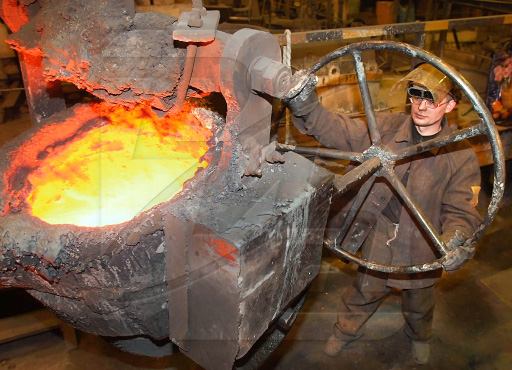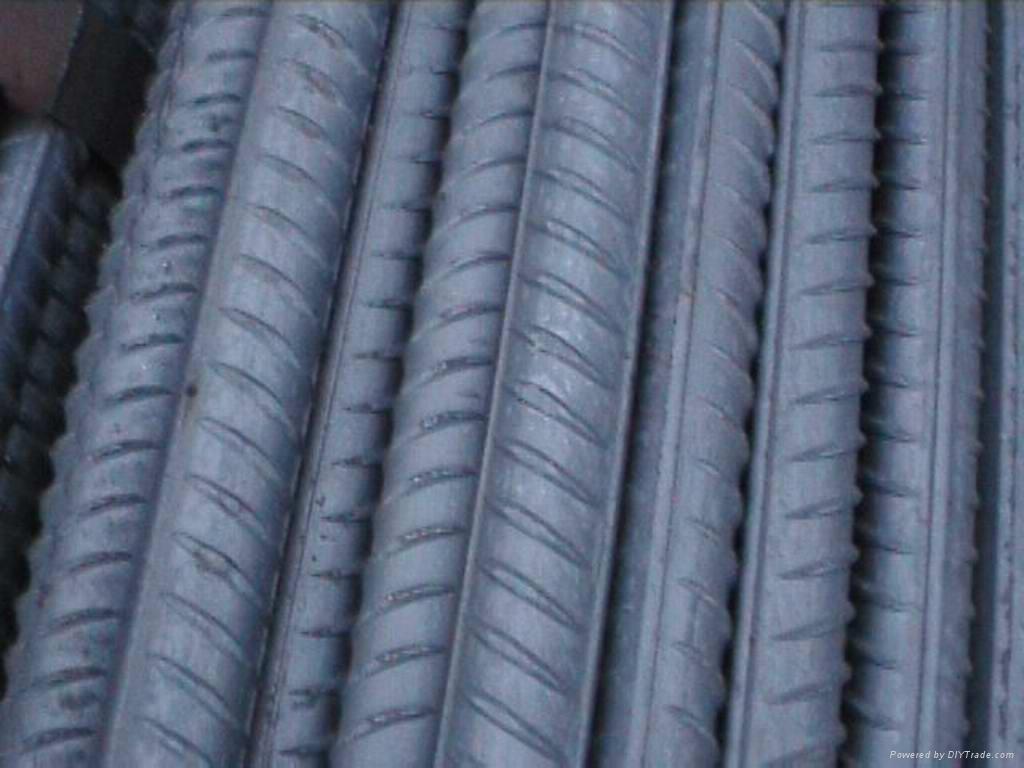Scrap Metal
Scrap is a term used to describe recyclable and other materials left over from every manner of product consumption, such as parts of vehicles, building supplies, and surplus materials. Scrap metal originates just as frequently between businesses and homes as well. The proper disposal and recycling of scrap metal is typically done by a business or service. Typically a “scrapper” will advertise his services to conveniently remove scrap metal for people who don’t need it, or need to get rid of it.
The scrap industry contributed $65 billion in 2006 and is one of the few contributing positively to the U.S. balance of trade, exporting $15.7 billion in scrap commodities in 2006. This imbalance of trade has resulted in rising scrap prices during 2007 and 2008 within the United States. Scrap recycling also helps reduce greenhouse gas emissions and conserves energy and natural resources.
For example, scrap recycling diverts 145,000,000 short tons (129,464,286 long tons; 131,541,787 t) of materials away from landfills. Recycled scrap is a raw material feedstock for 2 out of 3 pounds of steel made in the U.S., for 60% of the metals and alloys produced in the U.S., for more than 50% of the U.S. paper industry’s needs, and for 33% of U.S. aluminum. Recycled scrap helps keep air and water cleaner by removing potentially hazardous materials and keeping them out of landfills.
Scrap is often taken to a wrecking yard (also known as a scrapyard, junkyard, or breaker’s yard), where it is processed for later melting into new products. A wrecking yard, depending on its location, may allow customers to browse their lot and purchase items before they are sent to the smelters although many scrap yards that deal in large quantities of scrap usually do not, often selling entire units such as engines or machinery by weight with no regard to their functional status.
Customers are typically required to supply all of their own tools and labor to extract parts, and some scrapyards may first require waiving liability for personal injury before entering. Many scrapyards also sell bulk metals (stainless steel, etc.) by weight, often at prices substantially below the retail purchasing costs of similar pieces.
In contrast to wreckers, scrapyards typically sell everything by weight, rather than by item. To the scrapyard, the primary value of the scrap is what the smelter will give them for it, rather than the value of whatever shape the metal may be in.
An auto wrecker, on the other hand, would price exactly the same scrap based on what the item does, regardless of what it weighs. Typically, if a wrecker cannot sell something above the value of the metal in it, they would then take it to the scrapyard and sell it by weight.
Equipment containing parts of various metals can often be purchased at a price below that of either of the metals, due to saving the scrapyard the labor of separating the metals before shipping them to be recycled. As an example, a scrapyard in Arcata, California sells automobile engines for $0.25 per pound, while aluminum, of which the engine is mostly made, sells for $1.25 per pound.
Scrap prices are reported in a handful of U.S. publications, including American Metal Market, based on confirmed sales. Non-US domiciled publications, such as The Steel Index, also report on the US scrap price, which has become increasingly important to global export markets.
The metal recycling industry encompasses a wide range of metals. The more frequently recycled metals are scrap steel, iron (ISS), lead, aluminum, copper, stainless steel and zinc. There are two main categories of metals: ferrous and nonferrous.
Metals which contain iron in them are known as Ferrous where metals without iron are nonferrous. (ISRI Common nonferrous metals are copper, brass, aluminum, zinc, magnesium, tin, nickel, and lead. Nonferrous metals also include precious and exotic metals.
Precious metals are metals with a high market value in any form, such as gold, silver, and platinum. Exotic metals contain rare elements such as cobalt, mercury, titanium, tungsten, arsenic, beryllium, bismuth, cerium, cadmium, niobium, indium, gallium, germanium, lithium, selenium, tantalum, tellurium, vanadium, and zirconium. Some types ofmetals are radioactive. Thesemay be “naturally-occurring” ormay be formed as by-products of nuclear reactions.Metals that have been exposed to radioactive sourcesmay also become radioactive in settings such asmedical environments, research laboratories, or nuclear power plants.
You might also like
| Metal Recycling How to Recycle Scrap Metal ? Recycling is... | Foundry and Casting Foundry and Casting - Overview A foundry... | Steel Bar Steel Bar - How It`s Made ? Steel bar... | Steelmaking Technology Steel Fabrication - Overview and Definition Steelmaking ... |


 Alloy Suppliers
Alloy Suppliers
 Aluminum
Aluminum
 Aluminum Extrusions
Aluminum Extrusions
 Copper-Brass-Bronze
Copper-Brass-Bronze
 Nickel
Nickel
 Magnets
Magnets
 Stainless Steel
Stainless Steel
 Stainless Steel Tubing
Stainless Steel Tubing
 Steel Service Centers
Steel Service Centers
 Titanium
Titanium
 Tungsten
Tungsten
 Wire Rope
Wire Rope